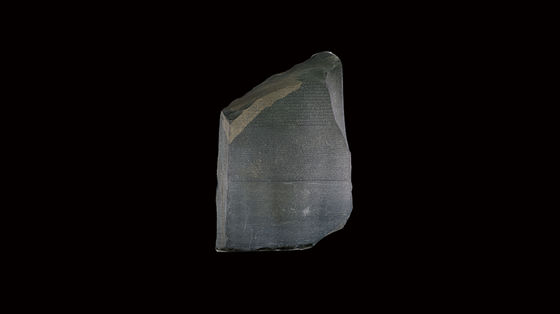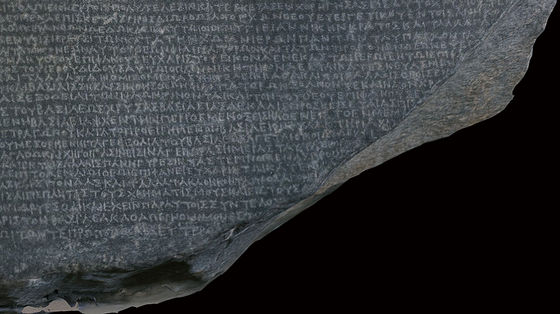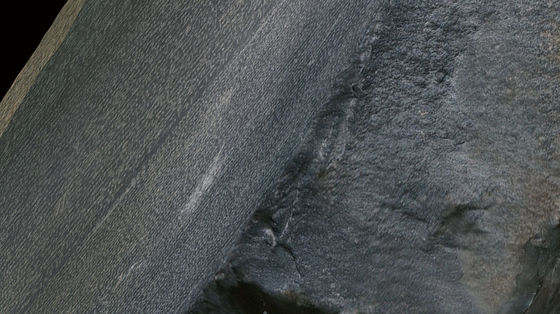French museums point out that they are 3D scanning their collections but not making them public

It is no longer uncommon for museums and art galleries to 3D scan their collections and make the data available for anyone to view. However, artist Cosmo Wenman has raised the issue that French museums and art galleries, including the Rodin Museum, are not making the data publicly available, despite the fact that they are receiving public subsidies for their scanning projects.
Secret 3D Scans in the French Supreme Court
Wenman, who raised the issue, is an artist specializing in 3D design, scanning and universal access.
An example of 3D scan data being made public is the British Museum's release of a 3D model of the Rosetta Stone.
The Rosetta Stone - Download Free 3D model by The British Museum (@britishmuseum) [1e03509]
https://sketchfab.com/3d-models/the-rosetta-stone-1e03509704a3490e99a173e53b93e282
The published 3D model looks like this.

It is possible to enlarge and read even the smallest letters at the bottom.

The 3D models can be viewed from all angles, 360 degrees, allowing you to appreciate them from angles that would not be possible in a regular exhibition.

The Smithsonian Museum also makes available data on many of its collections, including the Apollo 11 command module.
Explore | 3D Digitization
https://3d.si.edu/explore
Over the course of three years, starting in 2017, Wenman used the Freedom of Information Act in Germany to pressure the Egyptian Museum in Berlin to release 3D scans of a 3,000-year-old bust of Nefertiti.
A German Museum Tried To Hide This Stunning 3D Scan of an Iconic Egyptian Artifact. Today You Can See It for the First Time
https://reason.com/2019/11/13/a-german-museum-tried-to-hide-this-stunning-3d-scan-of-an-iconic-egyptian-artifact-today-you-can-see-it-for-the-first-time/
Next came France. According to Wenman, in 2013, the French National Museums Union (RMN) received a grant of 1.1 million euros (about 180 million yen) and an additional loan of 1.1 million euros to digitize the collections of art museums and museums in France and build a platform to make the 3D scan data publicly available.
However, although many works of art have been 3D scanned and some images have been made public, RMN has a strict policy of 'you can look at them, but you can't touch them,' and so it seems that they have no intention of releasing the scan data to the public. The reason is that 'we want to avoid a drop in gift shop sales by ordinary people making replicas,' and Wenman points out that 'the scan data is as good as nonexistent.'
As a result, Wenman waged a legal battle, just as he had done in Germany, and after more than three years, in April 2023, he received an order from the Paris Administrative Court ordering him to make scans of some of his works public.
At the time of writing, the Rodin Museum had not yet complied with the court order.
Related Posts:







